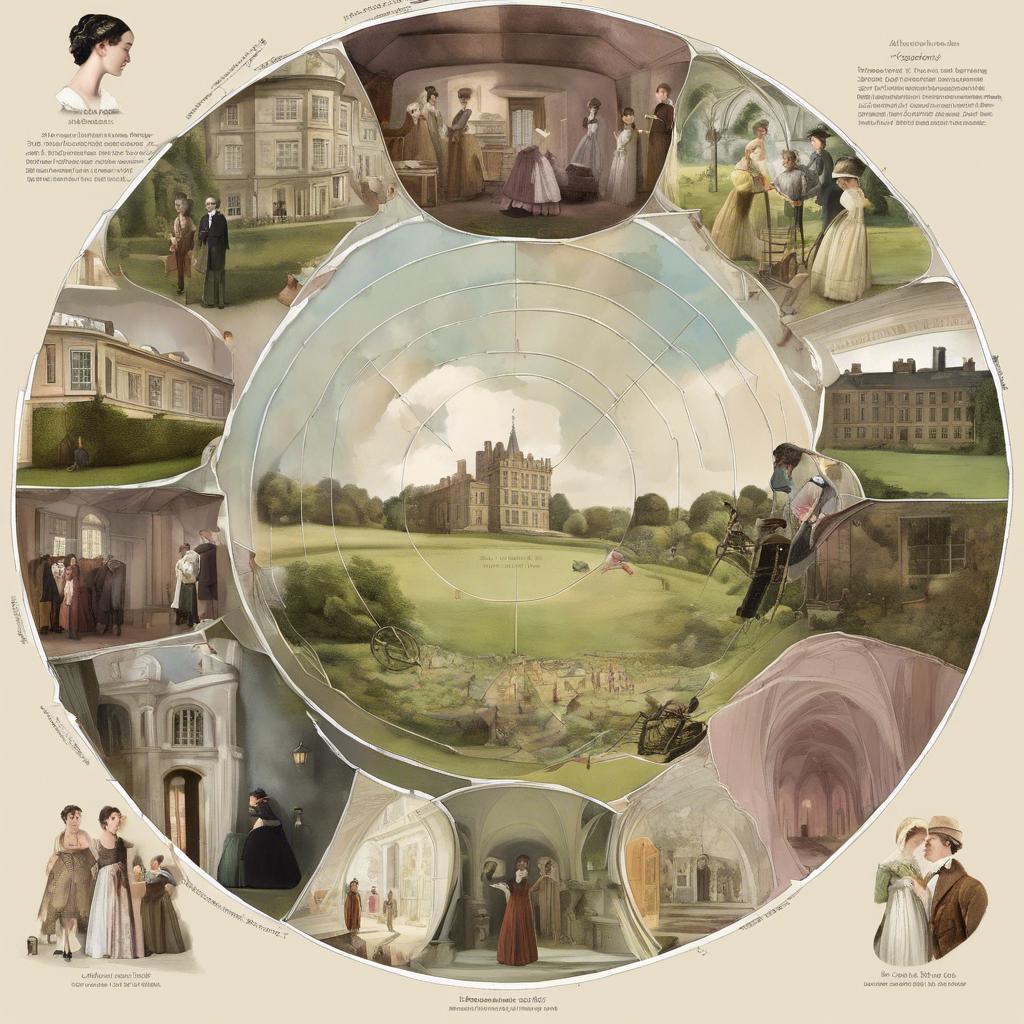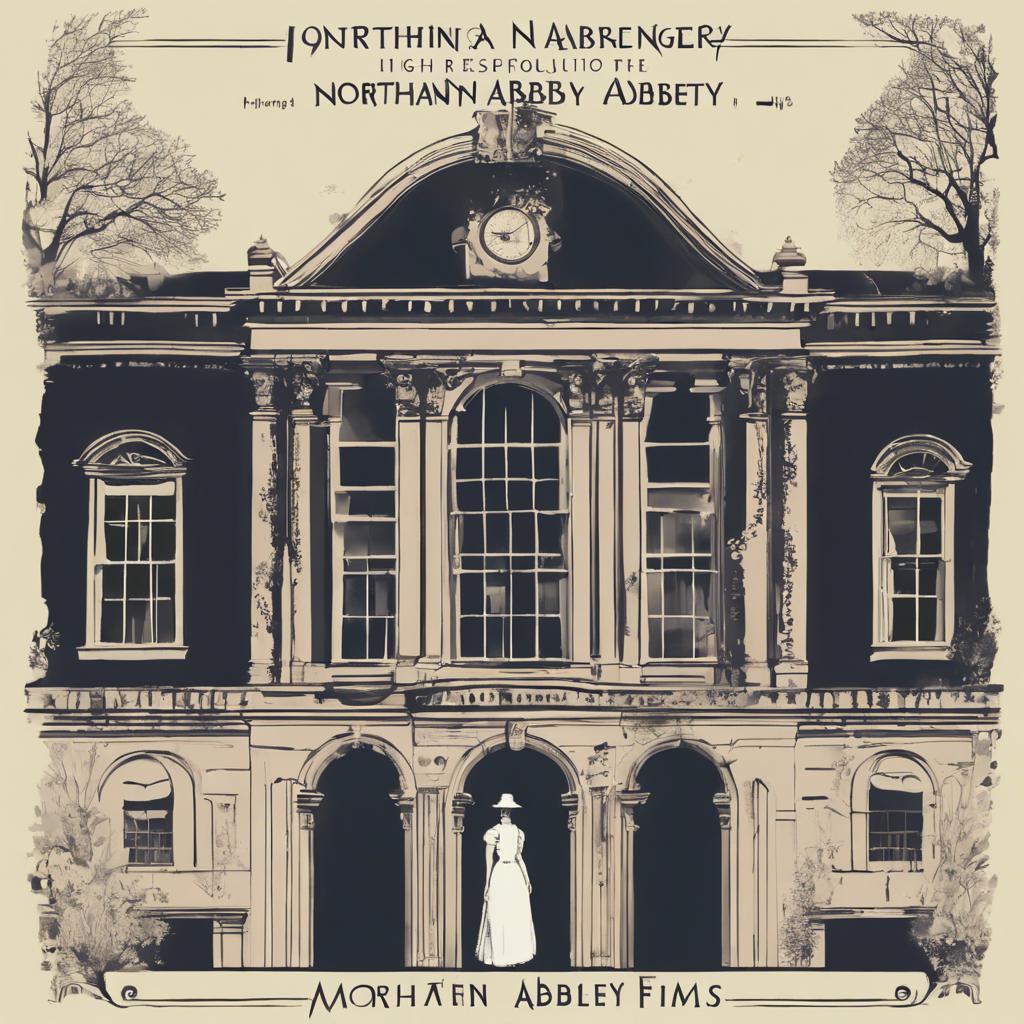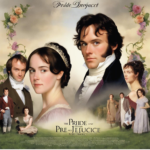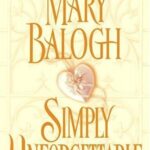As the world of cinema continues to evolve, adaptations of classic novels have remained a timeless and beloved genre among film enthusiasts. One such novel that has inspired numerous cinematic interpretations over the years is Jane Austen’s “Northanger Abbey.” Originally published in 1817, this satirical novel has captivated audiences with its wit, humor, and sharp social commentary. In this article, we will delve into the history of “Northanger Abbey” films, exploring the various adaptations that have brought Austen’s beloved story to life on the silver screen. From the earliest silent film adaptations to modern Hollywood remakes, we will examine how filmmakers have interpreted and reimagined this classic work for contemporary audiences.
Step Into the World of Cheryl Bolen
Dive into the enchanting stories of love, intrigue, and elegance set in the Regency Era. Cheryl Bolen's novels offer timeless romance and captivating tales that will leave you wanting more.
Explore Cheryl Bolen's Books Now
Exploring the Evolution of Northanger Abbey Adaptations
The evolution of Northanger Abbey adaptations in film has been a fascinating journey through the years. From the classic 1986 TV movie starring Peter Firth and Katherine Schlesinger to the more recent 2007 film with Felicity Jones and JJ Feild, each adaptation brings something new to the table. It’s interesting to see how different directors and screenwriters interpret Jane Austen’s beloved novel and bring it to life on the silver screen.
One of the key aspects of is analyzing how each film portrays the characters. Isabella Thorpe, for example, is often depicted as a flirtatious and manipulative character, while Henry Tilney is usually seen as charming and witty. The dynamics between Catherine Morland and these characters vary in each adaptation, adding depth and complexity to the story.
Another important aspect to consider when delving into Northanger Abbey adaptations is the setting and costume design. Each film brings its own unique aesthetic to the story, whether it’s through the grandeur of the Abbey itself or the lavish costumes worn by the characters. The attention to detail in these adaptations helps transport the audience back to Regency-era England and immerse them in the world of Jane Austen’s novel.
Comparing Cinematic Renditions of Jane Austens Classic Novel
When it comes to cinematic adaptations of Jane Austen’s classic novel “Northanger Abbey,” there have been several different versions that have captured the essence of the original story in unique ways. Each film brings a fresh perspective to the beloved tale of Catherine Morland’s coming-of-age journey in the world of social intrigue and romance.
One of the most notable adaptations is the 2007 British television film directed by Jon Jones. This version stays true to Austen’s witty and satirical tone, while also adding a modern flair to the story with its vibrant cinematography and dynamic performances. The film successfully portrays Catherine’s naivety and growth throughout the narrative, making it a compelling watch for both long-time fans of the novel and newcomers alike.
Another noteworthy adaptation is the 1986 made-for-television movie starring Katharine Schlesinger as Catherine Morland. This film stays faithful to the original text, capturing the Regency-era setting with exquisite costume design and set decoration. Schlesinger’s portrayal of Catherine brings a youthful innocence to the character, making her journey all the more relatable and endearing to viewers.
Analyzing Directorial Choices in Bringing Northanger Abbey to the Screen
When analyzing directorial choices in bringing Northanger Abbey to the screen, one cannot ignore the importance of capturing the essence of Jane Austen’s writing. The director must carefully balance the humor, wit, and social commentary that Austen is known for while adapting the story to a visual medium. This requires a keen understanding of the source material and a deep appreciation for the nuances of Austen’s writing.
One key directorial choice that can greatly impact the adaptation of Northanger Abbey is the casting of the lead roles. The actors chosen to portray Catherine Morland and Henry Tilney must embody the charm, intelligence, and romantic tension that defines their relationship in the novel. The chemistry between the two leads is crucial in bringing Austen’s love story to life on the screen.
In addition to casting, the director must also pay careful attention to the setting and cinematography of the film. The picturesque landscapes of the English countryside play a significant role in Northanger Abbey, setting the scene for the characters’ romantic entanglements and social interactions. By capturing the beauty and elegance of the Regency era, the director can transport audiences back in time to Austen’s world of balls, gossip, and romance.
Recommendations for Viewing the Most Faithful Adaptations
When it comes to faithful adaptations of Jane Austen’s “Northanger Abbey,” there are a few standout films that are worth a watch for any Austen enthusiast.
One of the most beloved adaptations is the 2007 film directed by Jon Jones, starring Felicity Jones as Catherine Morland and JJ Feild as Henry Tilney. This adaptation stays true to the novel’s tone and themes, capturing the charm and wit of Austen’s writing.
Another recommendation is the 1986 made-for-TV movie directed by Giles Foster, featuring Katharine Schlesinger as Catherine Morland and Peter Firth as Henry Tilney. This adaptation is known for its attention to detail and period accuracy, making it a favorite among purists.
Future Outlook
the cinematic adaptations of “Northanger Abbey” have served as an invaluable medium through which to preserve and promote Jane Austen’s timeless work. From the golden age of Hollywood to the modern era of streaming services, filmmakers have continued to bring this beloved novel to life on screen. As we reflect on the various interpretations and depictions of Catherine Morland’s journey, we are reminded of the enduring power of Austen’s storytelling and the enduring appeal of her characters. As we eagerly anticipate future adaptations, we can be certain that “Northanger Abbey” will continue to captivate audiences for generations to come.


